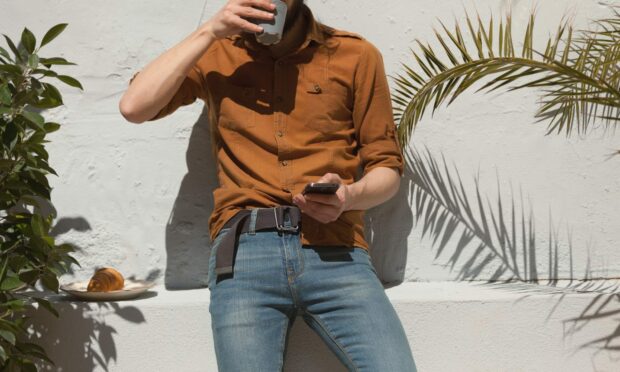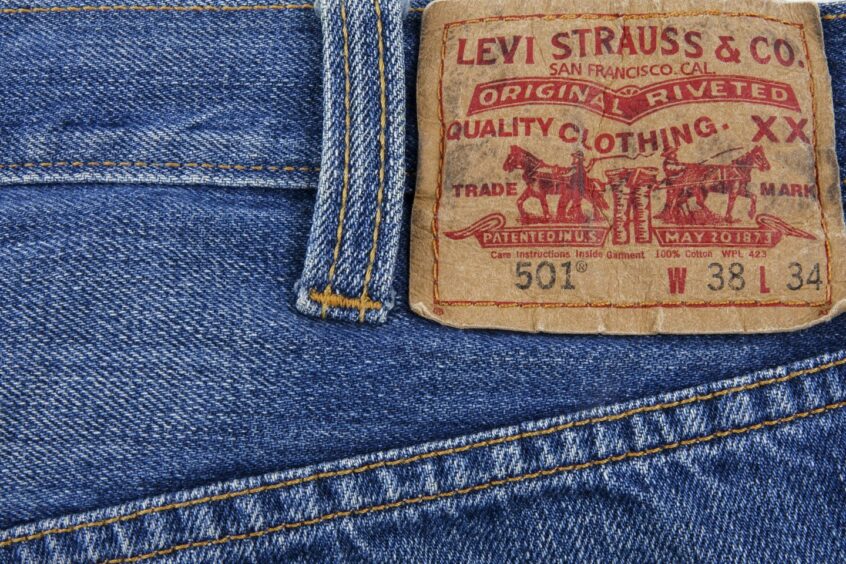I laughed out loud at a letter in a London newspaper, in which the writer informed all and sundry that, at 79, he was still wearing Levi 501 jeans.
That wasn’t the funny bit. That was great. Rock on, sir. It’s admirable to stick to a style you’ve worn for decades. No, it was when the poor gentleman tried on a variant of the style that he ran into difficulties.
Thus: “I tried on a skinny pair in a changing room and found I could not get them off. I had to lie on the floor while my partner and another customer extricated me.”
What an embarrassment. I don’t think it’s putting it too strongly to say that men’s trousers are a minefield nowadays. I’d a chastening experience myself recently.
Liking some trousers bought in a certain store just a couple of months earlier, and indeed wearing a pair out of several then acquired, I bought the same size and style without trying them on when I was next (operative word, if you’re wondering what store) back in the city.
But, back at my digs, I found I was nowhere near getting either of the two new pairs to fit at the waist. Indeed, the gap was huge. How could this be? I checked them against the ones bought previously: same style (straight cut chinos: “dad trousers”, I gather they’re now called), same label, same size (34, if you’re interested), identical in every way. They just didn’t fit.
So, I took them back, which was embarrassing as I’d joked with the assistant when buying them about not needing to try them on. Told her that, at that moment, I was wearing the exact same trousers in the exact same size – supposedly.
The only explanation we could come up with was that the shop had changed supplier, perhaps to somewhere that works in centimetres, or whatever they’re called, and where folk run small.
Still, at least I’ve learned not to choose skinny jeans, opting always for “straight” or “classic” fit. Ordinarily, I can get into the skinny waist all right, but find they bunch horribly at my knobbly knees.
And I dislike how they taper at the ankles. That’s the opposite of the best style of trousers known to humanity: flares. You laugh but these now much maligned breeks were, in my view, elegant and right for the human leg.
As in all aspects of life, moderation was best. You didn’t want to take flares to outrageous levels like “loon pants”, if anyone remembers those.
Small adverts for them would appear in the back of Sounds or the New Musical Express, and every reader at that time probably sent off for a pair – and regretted it.
They were not well made, and billowed about at the base of your leg, like sails on a schooner, making you fear on windy days that you might be blown to sea.
Years ago, when I dropped (temporarily!) to a 32 waist, a well-off mate gave me his good condition cast-offs in that size.
They were styled “boot cut”, and seemed to me rather flared. Certainly, folk tittered at them, which is usually a sign that, once more, I have selected my outfit judiciously.













Conversation